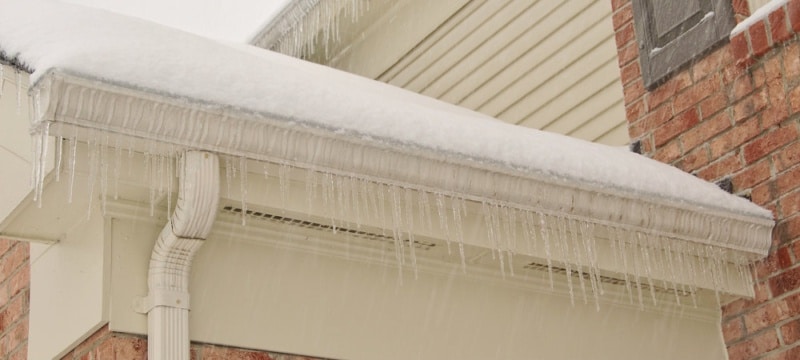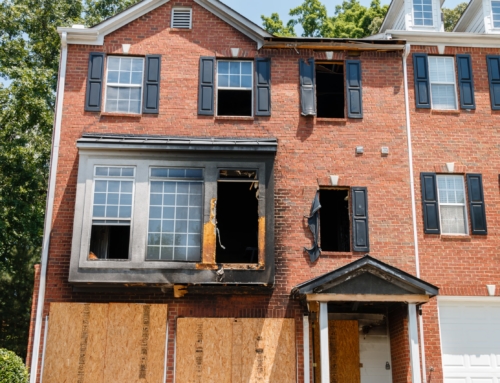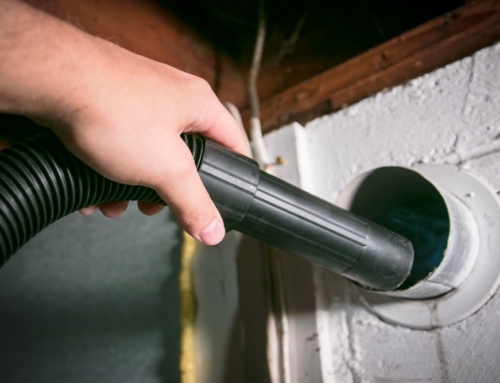The days are getting shorter, and the weather is getting cooler, signaling that it’s a good time to prepare your winter home-maintenance checklist. Inspecting (and, if necessary, repairing) a handful of key parts of your house can help keep you warmer, save money, and prevent a number of cold-weather nuisances this winter.
- Seal windows and doors to prevent air leaks. There’s no sense in heating your home only to have all that coziness immediately seep out from drafty spots. The Environmental Protection Agency’s (EPA) Energy Star site offers tips on detecting air leaks and learning the best, most economical ways to stop them.
- Consider more insulation. Bulking up your home’s insulation helps keep rooms warmer and can reduce your heating bill. A relatively easy place to add insulation is in an unfinished attic. According to Energy Star, if you can still see the tops of your attic floor joists above your insulation, you may want to add more insulation this fall. The site offers several suggestions on how to measure, evaluate, and increase your attic insulation to maximize its usefulness.
- Upgrade to a programmable thermostat. If you haven’t done so already, fall is a great time to consider buying a programmable thermostat. Sophisticated digital thermostats may be all the rage, but even a fairly simple programmable thermostat may help you save money. You can set these thermostats to turn down the heat when you’re sleeping or away, and to bump it up automatically when you’re home and more active.
- Schedule a furnace tune-up. Call in a professional to inspect and service your furnace, and change your filter now before you start using it daily, suggests the U.S. Department of Energy. It’s usually much easier to schedule a technician visit now, before the cold weather kicks in and furnace-repair companies are swamped with emergency calls.
- Inspect the roof and gutters. Don’t wait for the first big winter storm to find out whether your roof and gutters can withstand severe snow and rainfall. The Insurance Institute for Business & Home Safety advises having a professional inspect your roof and gutters in the fall. Check that your roof is leakproof and strong enough to handle heavy snow. Also, check gutters and downspouts to be sure they’re securely attached and not leaking as heavy rain or snow can pull them away from the house and allow damaging moisture inside your walls.
- Turn off and insulate faucets and pipes. Once you’re done with outdoor watering for the season, take time to protect water sources from freezing. Because water expands when it freezes, it can easily break pipes. Outdoor faucets and water lines located in exterior home walls that don’t have much insulation are at highest risk of freezing and breaking, explains the American Red Cross. It’s fairly easy to prevent this winter mishap by insulating pipes and adding insulated covers to outdoor faucets.
- Clean the fireplace. The Chimney Safety Institute of America suggests having your fireplace and chimney inspected once a year to make sure everything is in safe and working order, and to have any creosote deposits removed. Even if you don’t use your fireplace often, small animals and birds could make nests in your chimney, which you don’t want to discover when you light those first logs of winter.
- Spiff up landscaping. If you’ve got trees with branches that hang over roofs and gutters or shrubs that could lose limbs in storms, fall is a good time to give them a trim. Snow-or ice-laden branches can get extremely heavy and pull off gutters, break windows, damage structures, and more, according to Ready.gov. Severe windstorms can also wreak havoc on overgrown shrubs and tree limbs, causing them to break power lines or do other damage.
- Winterize lawn and garden equipment. Although this isn’t a safety issue, it’s smart to make sure your lawnmower actually starts again in the spring. Your winter task, suggests the EPA, is to drain fuel from a gas engine or add a fuel stabilizer during the cold-weather months. To prolong the life of garden hand tools, clean them, remove rust, and add a light coating of oil to metal parts before storing them for the winter.
It can help to think of getting your home ready for winter as an annual habit—something you do when you rake the fall leaves and switch to a warmer wardrobe. It may require a little time and money to get your house buttoned up each year, but you stand to save a lot more money by cutting back your heating bill and preventing expensive winter damage to your house and property.
Teri Cettina is a personal finance and parenting writer/blogger. Prior to becoming a freelancer, she was an employee communications writer and editor for a large regional bank. Follow her on Twitter: @TeriCettina






